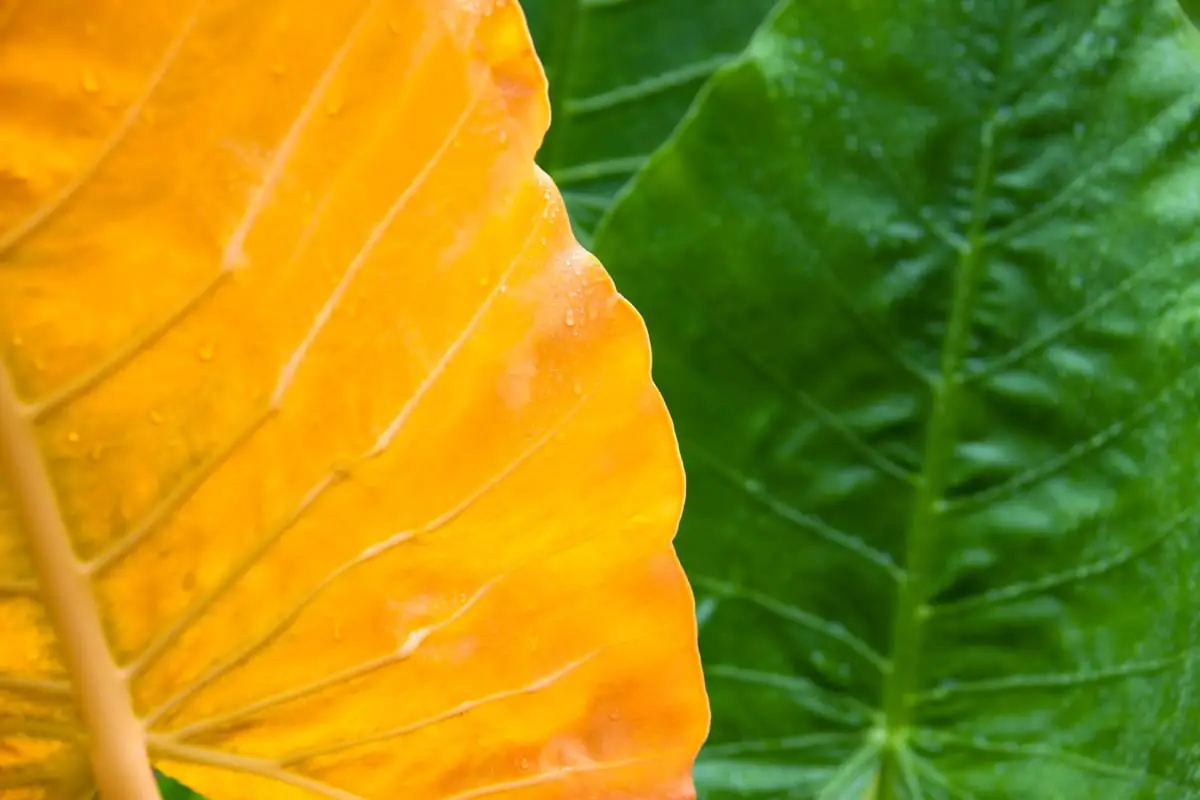

Among the most common deficiencies that we can observe when we care for our plants is that of yellowed leaves. If we pay attention to them, over time we will be able to observe how what were green and healthy leaves turn pale and turn yellow. This deficiency that makes them lose their color is usually due to a lack of iron (iron). One of the solutions that people find is to add chelates, and for this reason in this article we will talk about how to get iron chelate home.
Despite being able to buy any industrial chelate in any garden store, being able to know how to do it at home can always avoid any headaches. Homemade iron chelate is easy to obtain, just water, sulfur and traces of iron that we have, such as nails or screws. In this article you will learn how to develop it easily, and also the importance of iron as an essential nutrient.
What is iron chelate?


A chelate is an organic molecule that surrounds and binds to a metal ion, protecting it and preventing its hydrolysis and precipitation. In the case of iron chelate, the metal ion to which it adheres is iron. Thus, it is a fertilizer that prevents and cures iron deficiency. It also treats the most common manifestations such as iron chlorosis, which we will discuss below, both in horticultural crops, trees and ornamental plants.
What is iron chlorosis?
iron chlorosis manifests itself with a yellowish color which is increasingly progressive in the leaves and interveinal tissue of the plants. If the plant is unable to absorb enough iron from the soil, they begin to produce metabolic imbalances. One of them is the inability to synthesize chlorophyllwhich is what gives plants their green color, and is the main key pigment in the process of photosynthesis.
If the deficiency worsens and becomes extensive and long-lasting, the leaves will become increasingly yellowish and/or white. When the iron chlorosis it is serious, it is accompanied by necrosis, the dry leaves and finally the fall of the leaves. So that this does not happen, and if you perhaps encounter this problem, preparing homemade iron chelate will solve these nutritional deficiencies.


Image Source – seipasa.com
How to produce homemade iron chelate?
A good natural and homemade way is to prepare your own homemade iron chelate, saving you from having to go to the store and spend money for something that can be made in the garden or at home. Depending on what your needs are, you will want to produce more or less. There are many types of ways to prepare them, but the most standard would be the following. I list the steps.
- Container or drum. If you have a garden or similar, something with extension, you will be interested in having more quantity than someone who has a few plants at home. For this, a container or drum of about 30 or 40 liters will suffice.
- Faucet (optional). At the bottom of the container we can add a tap. If we want to irrigate specific areas with our homemade iron chelate, it is possible that filling a bottle is enough for what we want to cover. Having a tap in the container will be a good option to dose the amounts we want.
- Irons. Take the irons you want and let them fit inside the container. Nails, screws, or small debris are often used. The important thing is that the irons are virgin, that is, that they do not have paint, varnishes, oils or anything else. Irons as is.
- Water. With the irons inside the container we fill it with water. The process can take a long time, days. You will observe how little by little the iron is going to rust, giving this brown color to the water, and that the rust is going to eat away at the iron. This brown and black color is normal. Well, it is the process that we are looking for, that iron oxidizes and mixes with water.
- oxygenation. Iron is important that it is oxygenated. For this, if you have a small water pump it would be great. If not, you can stir the water with a cane every day, in this way the iron will be oxygenated.
- Sulfur. Inside the drum, two teaspoons of sulfur can be added. Sulfur plays an important role for the proper development of the plant. Its function serves both as a fertilizer and fertilizer, as well as a fungicide and acaricide. To pour it out, you can use a normal 1 liter plastic bottle and pour the sulfur inside with the iron water. After shaking and diluting it, it can be poured back into the drum.


Related article:
Homemade iron chelate is not only used to eliminate iron chlorosis, it can also be used to prepare the soil for subsequent planting. For example, when we want to prepare it to sow in it in spring. While we remove it, it can be “watered” a little with iron chelate so that little by little the soil absorbs nutrients. I hope it helped you!
